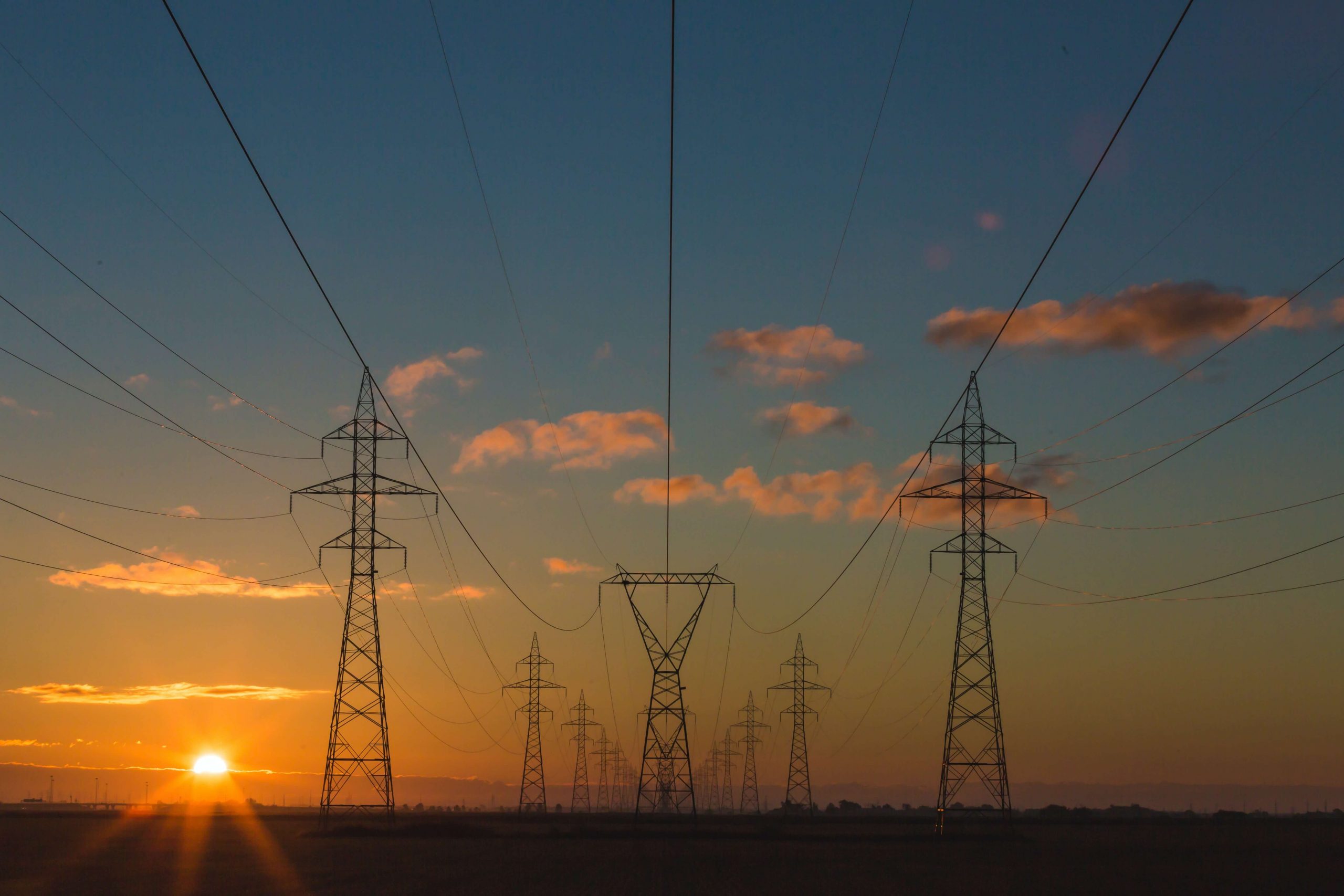
AI-generated summary
In the contemporary global political and economic context, achieving clean and affordable energy may seem idealistic, yet it is attainable in the medium term with appropriate measures and decisive actions. Addressing climate change fundamentally involves transforming the energy sector, which accounts for over 75% of Europe’s greenhouse gas emissions. Rosa Sanz, an industrial engineer with extensive experience in energy innovation and management, emphasizes that substantial innovation is essential to decarbonize the planet through scalable, sustainable, and cost-effective technologies. Today, solar and wind power are the cheapest electricity sources, merging economic feasibility with environmental sustainability. However, challenges extend beyond electricity generation to encompass the entire economy. According to Sanz, over half of future CO2 reductions and energy efficiency gains by 2050 will arise from technologies currently in prototype stages, underscoring the critical need to foster innovation ecosystems that attract top talent and investment.
Sanz highlights that reaching net zero requires innovation not only in renewables but also in decarbonizing fossil fuel usage, which will still constitute 43% of global energy demand by 2050. Investment in technologies such as green hydrogen production and energy efficiency improvements across sectors like transport, construction, and agriculture is crucial. Furthermore, the pursuit of energy sovereignty—countries’ ability to control their entire energy supply chain—has gained urgency due to geopolitical tensions, promoting self-sufficiency and stability. This drive, combined with public policy support and technological advancements, can accelerate the transition to net zero despite interim challenges like increased coal use in Europe.
In the future, energy will be clean and cheap, achieving environmental sustainability and economic profitability through innovation.
In today’s global political and economic landscape, suggesting clean and cheap energy may sound naïve. But it is a feasible possibility in the medium term if the right measures are taken and concrete actions happen.
In any case, talking about climate change is talking about energy. In Europe, more than 75% of greenhouse gas emissions come from energy production and consumption. So the energy sector is a key player if we want to move towards a net zero world. Rosa Sanz explains it to us.
Rosa Sanz took part in our last Future Trends Forum Building a net zero world. She is industrial engineer and has twenty-six years of experience in technology, innovation, management and business development. Currently, and among other things, she is an independent director of several energy companies such as EirGrid or EDP, and non-executive director of the Zero Waste Energy group.
In her presentation at the Future Trends Forum, she emphasizes the importance of innovation to make the decarbonization of the planet a reality with scalable, sustainable and cost-effective technologies:
Below is a summary of the main insights Rosa Sanz shared with us:
Reaching Net Zero requires major innovation efforts in Energy
Today, the cheapest way to produce electricity is through both solar and wind power. So the dilemma between clean energy and production costs no longer exists. The cheapest is also the most sustainable.
But the problem is not only in electricity generation; it concerns the entire economy and all sectors.
Making clean energy and all the processes that use it, a socially, economically and environmentally sustainable option will come through innovation. In fact, Rosa comments that, in 2050, more than 50% of the improvements in CO2 reduction[an1] and energy efficiency will come from technologies that today are only prototypes, according to data from the International Energy Agency. It will be the efforts in innovation that will allow these new technologies to reach commercial scale in time.
How should these innovation efforts be channeled? Rosa Sanz has a clear idea: innovation is enhanced by financing ecosystems and environments that make it possible to attract and bring together the most valuable people in order to develop new solutions and new business models. In short, it is a matter of investing to attract the best talent.
To reach Net Zero, innovation is not just required in renewable energies
By 2035 there will be a maximum peak in the demand for fossil fuels, and in 2050, fossil fuels will still account for 43% of the world’s energy demand, according to the Global Energy Perspective 2022 report mentioned by our expert.
Roza Sanz therefore urges to invest in innovative decarbonization technologies. In fact, according to the aforementioned report, investment in this type of technology will represent more than 25% of global investment in the energy sector in the coming years.
The other main area of innovation should be, in addition to the improvements in energy efficiencies, the clean and competitive mass-scale production of green hydrogen, as many other experts involved in the Future Trends Forum, such as Marcelino Oreja, agree. This field still requires a lot of innovation to reduce production costs, especially for electrolyzers.
According to Rosa Sanz, this necessary leap in innovation must be accelerated and encouraged through public policies.
Regarding energy efficiency, innovations should not only come from the energy sector, but also from the transport, construction, industry and agri-food sectors. There are highly innovative initiatives in transport, industry and construction that are promoted by the energy sector itself, such as the Oil and Gas Climate Initiative. Many of these initiatives make use of artificial intelligence, Big Data and the Internet of Things (IoT) to optimize energy flows and power needs in real time.
Net Zero could be boosted thanks to energy sovereignty
Russia’s war in Ukraine and relations with the Maghreb countries bring to the forefront an issue that until then was not given the relevance it has: energy sovereignty, i.e., the ability of nations to be self-sufficient in energy.
This energy sovereignty refers not only to the sources of energy, but also to the technologies involved, the distribution logistics, the transformation processes, etc.
Rosa Sanz tells us, as an example, that up to 90% of the solar panels we use in Europe are imported. Furthermore, many of these panels require minerals and other scarce materials, whose supply could be compromised.
For any country wishing to advance on the path towards energy sovereignty, investment must be made in innovations that will enable it to control most of the entire energy chain, always bearing in mind energy security, as understood by the International Energy Agency, i.e. the uninterrupted availability of energy sources at an affordable price, together with environmental sustainability.
Therefore, the search for energy sovereignty will accelerate the achievement of Net Zero, despite some circumstantial signs that seem to be moving in the opposite direction, such as the use of coal in Europe.
